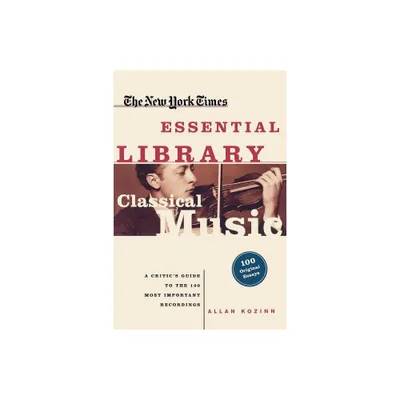Home
Jump Up!: Caribbean Carnival Music New York
Loading Inventory...
Barnes and Noble
Jump Up!: Caribbean Carnival Music New York
Current price: $155.00


Barnes and Noble
Jump Up!: Caribbean Carnival Music New York
Current price: $155.00
Loading Inventory...
Size: Hardcover
*Product Information may vary - to confirm product availability, pricing, and additional information please contact Barnes and Noble
Jump Up! Caribbean Carnival Music in New York City
is the first comprehensive history of Trinidadian calypso and steelband music in the diaspora. Carnival, transplanted from Trinidad to Harlem in the 1930s and to Brooklyn in the late 1960s, provides the cultural context for the study. Blending oral history, archival research, and ethnography,
Jump Up!
examines how members of New York's diverse Anglophile-Caribbean communities forged transnational identities through the self-conscious embrace and transformation of select Carnival music styles and performances. The work fills a significant void in our understanding of how Caribbean Carnival music-specifically calypso, soca (soul/calypso), and steelband-evolved in the second half of the twentieth century as it flowed between its Island homeland and its bourgeoning New York migrant community.
addresses the issues of music, migration, and identity head on, exploring the complex cycling of musical practices and the back-and-forth movement of singers, musicians, arrangers, producers, and cultural entrepreneurs between New York's diasporic communities and the Caribbean.
is the first comprehensive history of Trinidadian calypso and steelband music in the diaspora. Carnival, transplanted from Trinidad to Harlem in the 1930s and to Brooklyn in the late 1960s, provides the cultural context for the study. Blending oral history, archival research, and ethnography,
Jump Up!
examines how members of New York's diverse Anglophile-Caribbean communities forged transnational identities through the self-conscious embrace and transformation of select Carnival music styles and performances. The work fills a significant void in our understanding of how Caribbean Carnival music-specifically calypso, soca (soul/calypso), and steelband-evolved in the second half of the twentieth century as it flowed between its Island homeland and its bourgeoning New York migrant community.
addresses the issues of music, migration, and identity head on, exploring the complex cycling of musical practices and the back-and-forth movement of singers, musicians, arrangers, producers, and cultural entrepreneurs between New York's diasporic communities and the Caribbean.


















